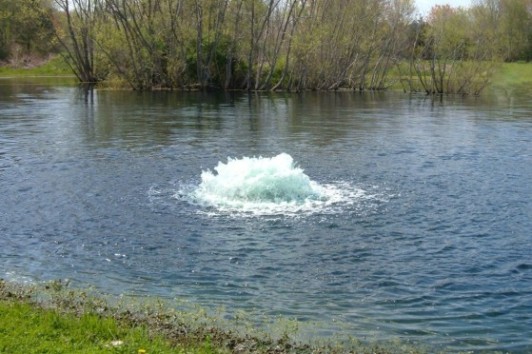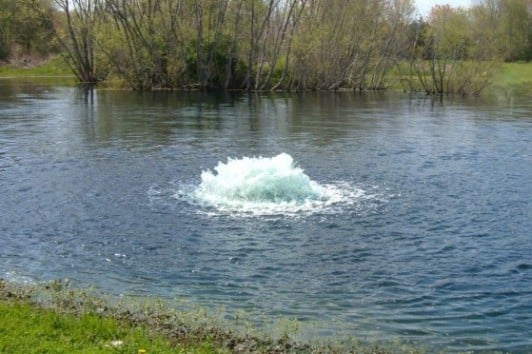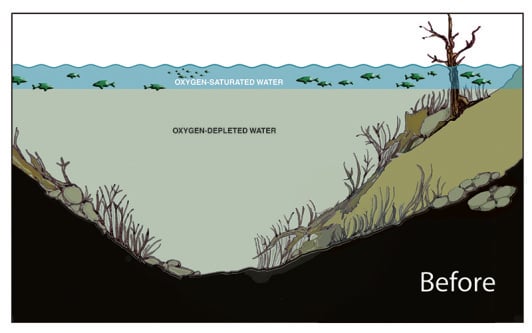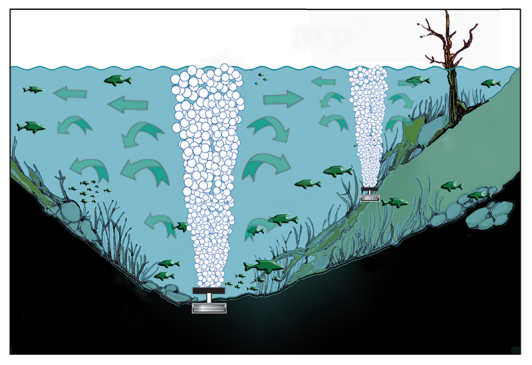Weather in Texas tends to be all over the place and unpredictable. Forecasting past a few days is futile, to say the least. I was always told that if you don’t like the weather in Texas then just wait a minute and it will change.
However, one thing you can always rely on is the long stretch of rainless heat during the summer months. We are amidst those days now, with some parts of the state having many consecutive days without rain. Some people have started to pray for rain, especially with lake and pond levels dropping and yards becoming a crispy yellow. But if a big rain did come, could it hurt your pond?
The short and easy answer would be “yes it can”, but let's get into some of the details. In the summer months, and especially in long rainless stretches, a pond can become stratified. This means that there are usually two or more layers of different water quality in your pond. Typically, the upper layer is warmer and has a sufficient amount of dissolved oxygen. The lower level is cooler and has little to no dissolved oxygen. When stratified, these two layers don’t mix much due to their thermal properties. If a big rain were to occur, it might bring your pond back to its normal level, but it will also cool the upper level.
This rapid cooling of the upper layer would cause both layers to mix in an event called a turnover. Sometimes, the oxygen contained in the upper layer isn’t enough to combat oxygen depletion from mixing with the lower layer. Ultimately, the entire pond can have insufficient oxygen concentrations. This can cause a fish kill. Larger fish like hybrid Striped Bass, Largemouth Bass, and larger Bluegill suffer the most from this. Eventually smaller fish, and maybe even all of the fish could die off. A sudden big rain during a hot summer can be way more detrimental to a pond than one might think.
In order to protect your pond from turnover events and low oxygen content, we recommend adding bottom air diffusers, and surface aerators.
Bottom Air Diffuser
Bottom air diffusers are the best way to reduce, and maybe even eliminate stratification in your pond. These units use a compressor to pump air down to the deepest parts of your pond. The bubbles that exit the diffusers cause a vertical movement of water that increases the mixing of the pond. One drawback to these units is that they don’t really add dissolved oxygen to the pond. This means that you get great protection against turnovers, but very little protection against oxygen depletion events like algae blooms.
Surface Aerators
Surface aerators, or aerating fountains, provide an extra boost of dissolved oxygen to your pond by creating constant surface disruption. While these units help tremendously against oxygen depletion events like algae blooms, they do nothing for the stratification of a pond. This means that with a surface aerator, your pond is still at risk of turning over.

For the best protection for your pond, we recommend the use of both units simultaneously. This is the ultimate insurance policy for the fish in your pond. By reducing stratification with bottom diffusers, and adding dissolved oxygen with surface aerators, you are setting yourself up for a smooth ride through these tough summer months.
Happy Fishing!
Brad Metzler, President





